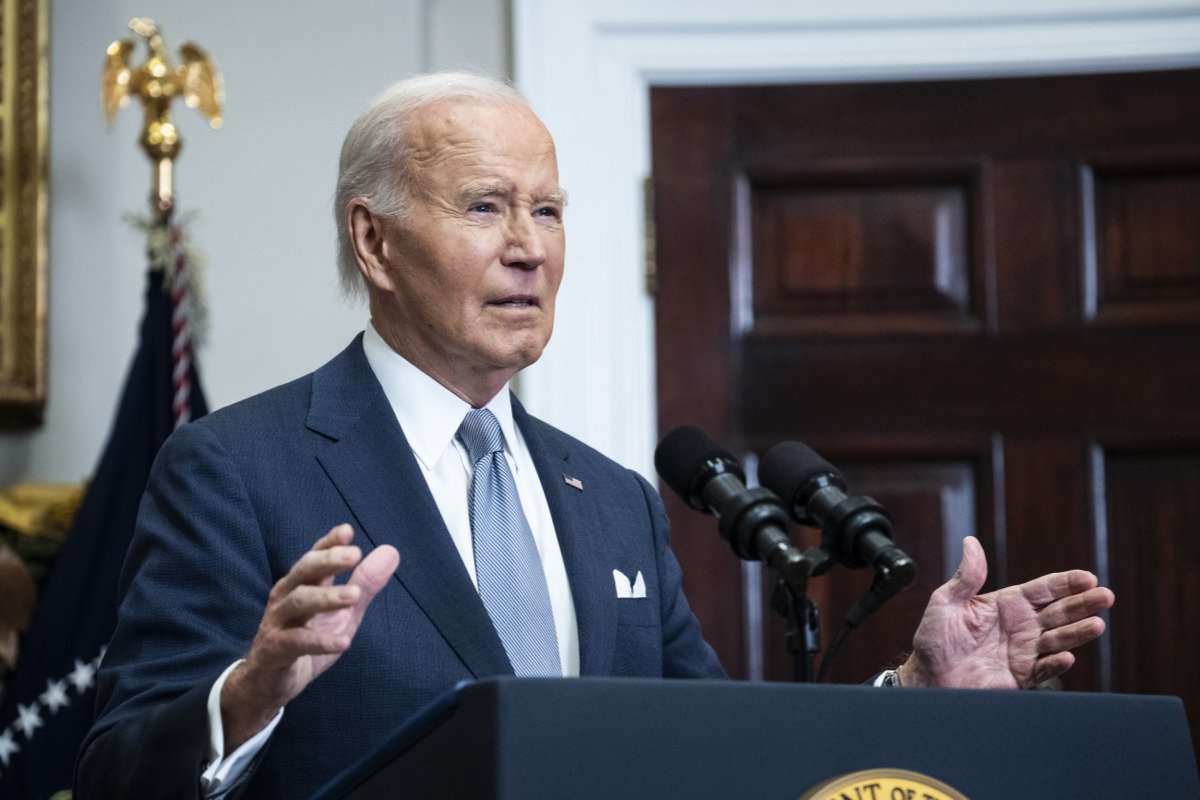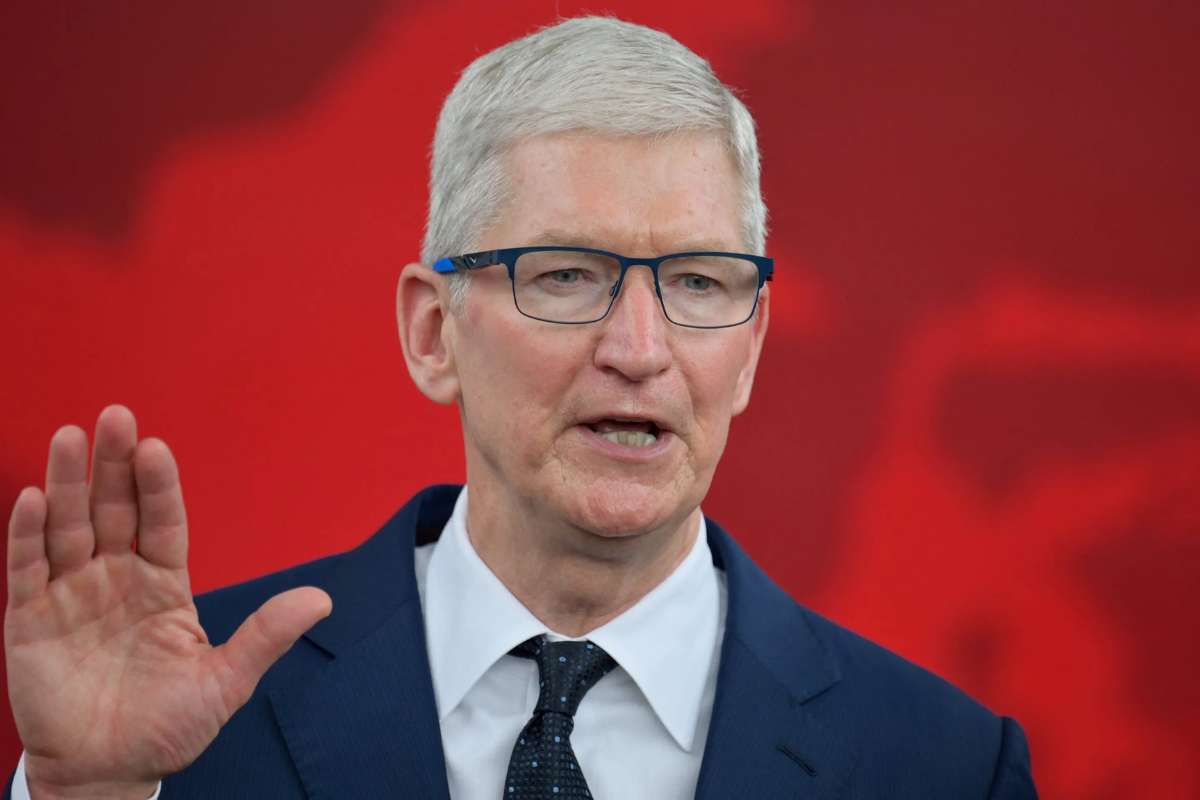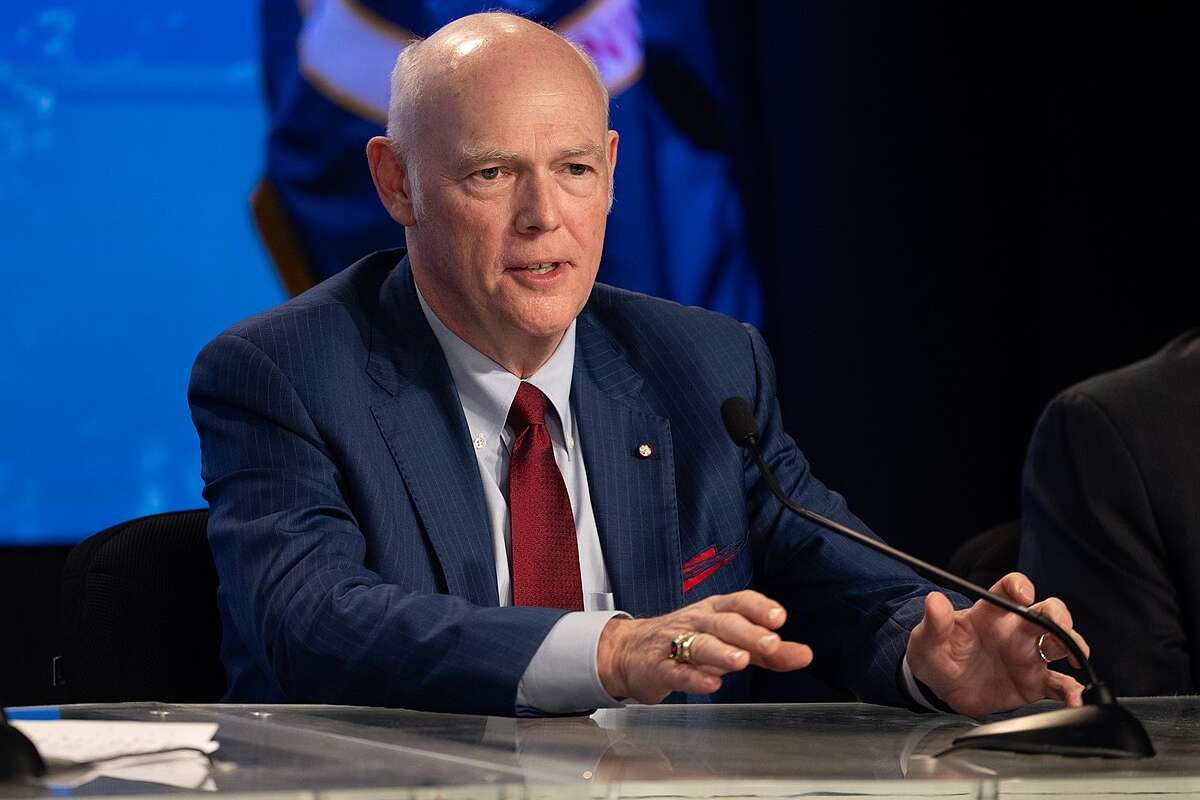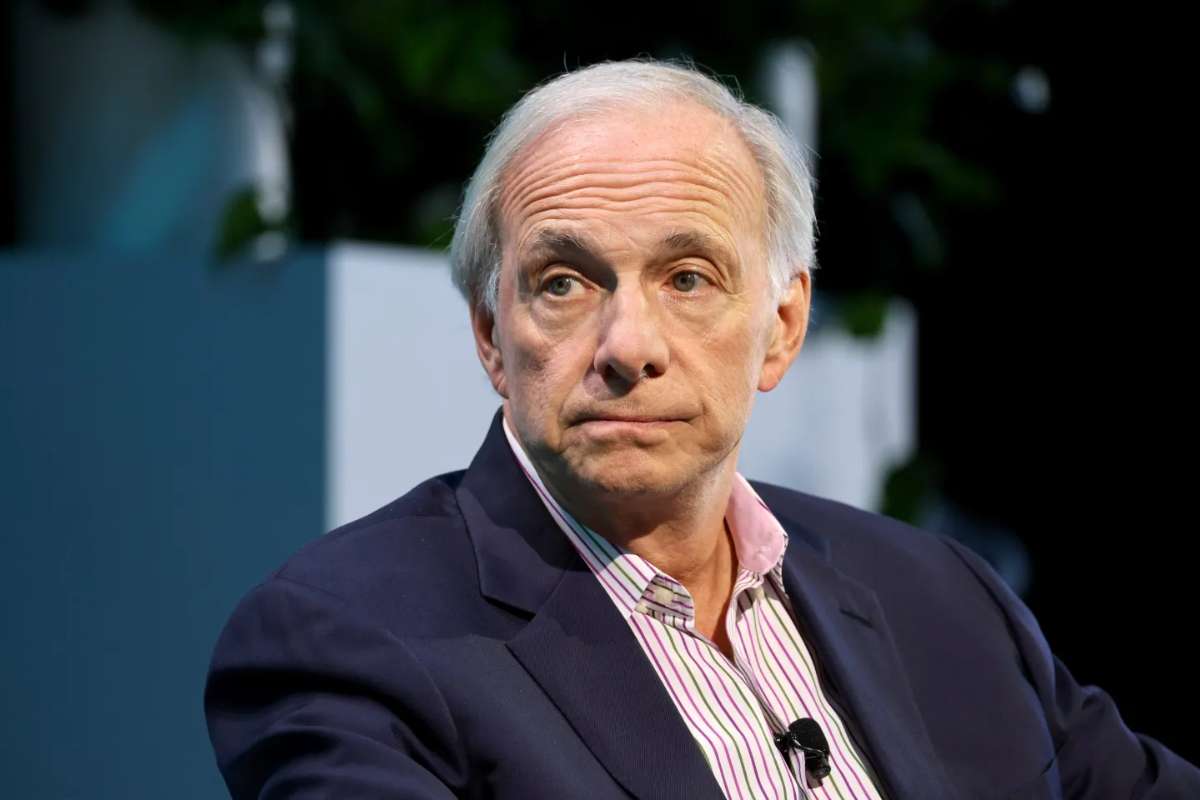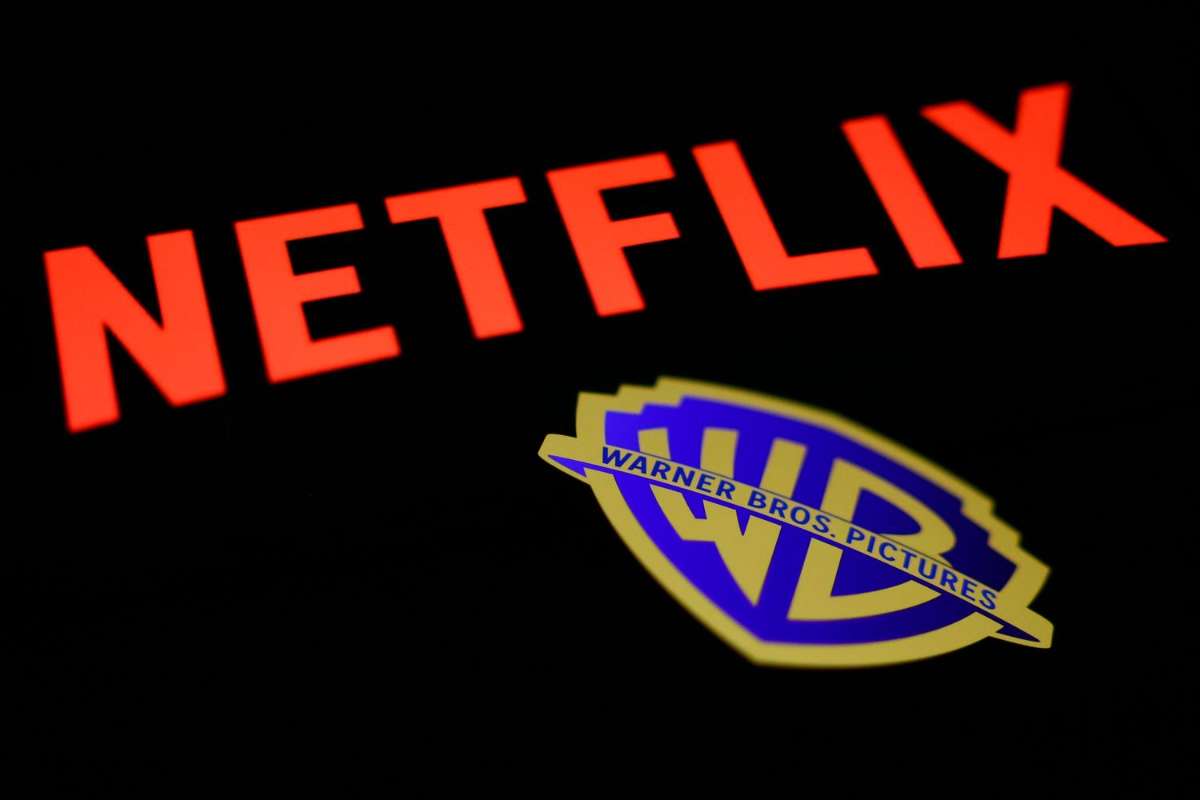The Biden administration has introduced new rules to curb excessive overdraft fees charged by large banks and credit unions, aiming to save consumers billions of dollars annually. The Consumer Financial Protection Bureau (CFPB) finalized the rule on Thursday, which could significantly impact how banks handle overdrafts.
Capping Overdraft Fees
Under the new rule, overdraft fees will be capped at $5, a steep reduction from the typical $35 charged by most banks. The Consumer Financial Protection Bureau (CFPB) estimates that households paying these fees could save around $225 per year, potentially leading to $5 billion in total savings annually for consumers.
Banks will also have the option to either cap fees to cover their costs or treat overdrafts like other loans, requiring disclosure of terms such as interest rates. This move is designed to bring greater transparency and fairness to banking practices.
Consumer Financial Protection Bureau (CFPB) Director Rohit Chopra stated that for too long, large banks have exploited legal loopholes, draining billions of dollars from Americans’ accounts. He emphasized the need for greater accountability and transparency in the banking sector.
Lael Brainard, head of the National Economic Council, highlighted the significance of the rule, calling it a form of relief for hardworking families burdened by excessive fees. She noted that these charges often prevent individuals from achieving financial stability.
Opposition from Banking Groups
Despite the positive outlook for consumers, the new rule has faced criticism from banking trade groups. They argue that the cap on overdraft fees could backfire, potentially limiting banks’ ability to offer services that help customers cover essential payments.
Rob Nichols, president of the American Bankers Association, stated that the rule prioritizes demonizing regulated and transparent bank fees over addressing consumer needs. He warned that such government price controls might make it harder for banks to provide overdraft services, especially to those with limited financial options.
Banks have pointed to innovations like next-day grace periods and the elimination of non-sufficient funds fees as recent efforts to better serve customers. Lindsey Johnson, president of the Consumer Bankers Association, described the rule as an overreach of the CFPB’s statutory authority, raising concerns about the bureau’s legal jurisdiction.
Broader Efforts Against Junk Fees
This rule is part of a broader initiative by President Joe Biden to crack down on junk fees across various sectors, including airlines, car rentals, hotels, and credit cards. The Biden administration aims to enhance transparency and protect consumers from hidden charges.
Overdraft fees are charged when a bank or credit union covers a transaction, such as a withdrawal or payment, that exceeds the balance in a customer’s account. The Consumer Financial Protection Bureau (CFPB), established after the 2008 financial crisis to protect consumers from financial abuses, has faced legal challenges in the past regarding its authority and rules.
Implementation and Challenges Ahead
The new overdraft rule is set to take effect on October 1, 2025. However, its future remains uncertain due to expected legal and political challenges. Financial services policy analyst Jaret Seiberg predicts that banks may pursue litigation to block the rule, while Republican opposition could pose additional hurdles when President-elect Donald Trump assumes office in January.
Seiberg noted that while banks are likely to resist the cap, it may align with populist sentiments within the GOP, complicating their efforts to oppose the rule.
Despite the potential roadblocks, the CFPB’s move represents a significant step toward reducing financial burdens on American households. Whether the rule withstands the anticipated legal and political battles will determine its ultimate impact on consumers and the banking industry.

